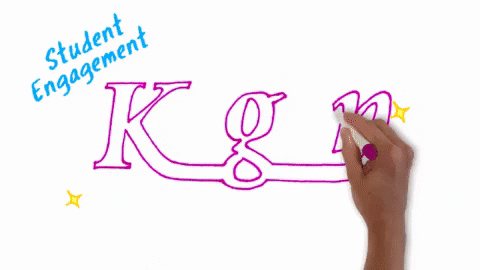
Image Source: Darko1981/ Shutterstock
My Instructional Designer technology course has come to and end, and I feel like I have grown so much as a professional. To be quite honest, I feel that this course has really made me think outside the box. Before I would probably consider the standards, content and my grade level, but this course helped me considered multiple ends. Planning curriculum goes beyond the grade level and there are different aspects to consider. One of the most important aspects is the learner you have in front of you. Students are different, and therefore, they have different learning styles. As educators, it is extremely important to consider the different learning styles and think of better ways to differentiate instruction. Technology can really help differentiate instruction and meet the needs of every individual. If used properly, technology can have a huge impact on student learning.
Part of the course required creating an instructional process. When I first began developing the design, I walked in with one idea, and as the process continued, I came up with a different idea. Part of this was because at first there were so many things I wanted to present. However, as the process went on, I realized that I had to be more specific with my plan and that there needed to be multiple things considered. Some of these included thinking about a major challenge with technology in my current district and the process for presenting and implementing it. I had to ask several people and find a common problem. Per teachers and other staff, part of the problem was not having enough training on using an online learning platform, and per families the problem was having difficulty accessing the material for remote learning. This background gave me the idea of researching for a common online learning platform that could help address multiple problems. Seesaw would be a great online platform that could be used across different grade levels and one that could also support students and families at home.
When I shared my plan with the colleagues I will be working with next year, I realized that they also shared a common interest. They saw the same need and thought this would be a great plan to implement. This gave me more hope for the project and a better understanding for presenting it to the rest of the staff. When I first presented the idea of using Seesaw across all grade levels, the timing and the format was not the best one. Teachers were feeling overwhelmed with the shift of instruction and they were not prepared for it. However, when I began creating and sharing examples, teachers got more excited and began to take some interest. With the administration on board, I think this plan will have a good turn out.
One of the greatest parts of the project proposal, was step number 4: the design process. Although the planning for step was very time consuming, I thought it was worth as it was an extremely important step. During this step, I had to considered several factors. For instance, I had to think of the layout of the plan, and considered the people involved as well as the time frame. When I got to this part of the process, I think I could visualize the project coming along and really happening.
Step 5, peer review, was another great step because I got to receive some feedback from colleagues. My colleagues gave me reassurance about the plan and they also helped me think of better ways for presenting it. I then made the changes they suggested for the design. I added more visuals and resources that teachers could easily access during implementation of the plan.
Going through the process of planning this technology proposal was very helpful, since I had multiple opportunities to reflect. Planning a project like this takes time and one really has to think about the teacher's needs, but most importantly, the needs of students. I feel that this plan will have a good impact in my school community and help solve some of the problems we are having.
The role of a technology specialist is an important one in any school. Now more than ever, this role is crucial, as we shift instruction more to rely on the use of technology. Due to many factors, teachers do not always have the ideas to help all their students, and they need someone along their side. Instructional designers can really help teachers better plan and think of different ways to support students.








